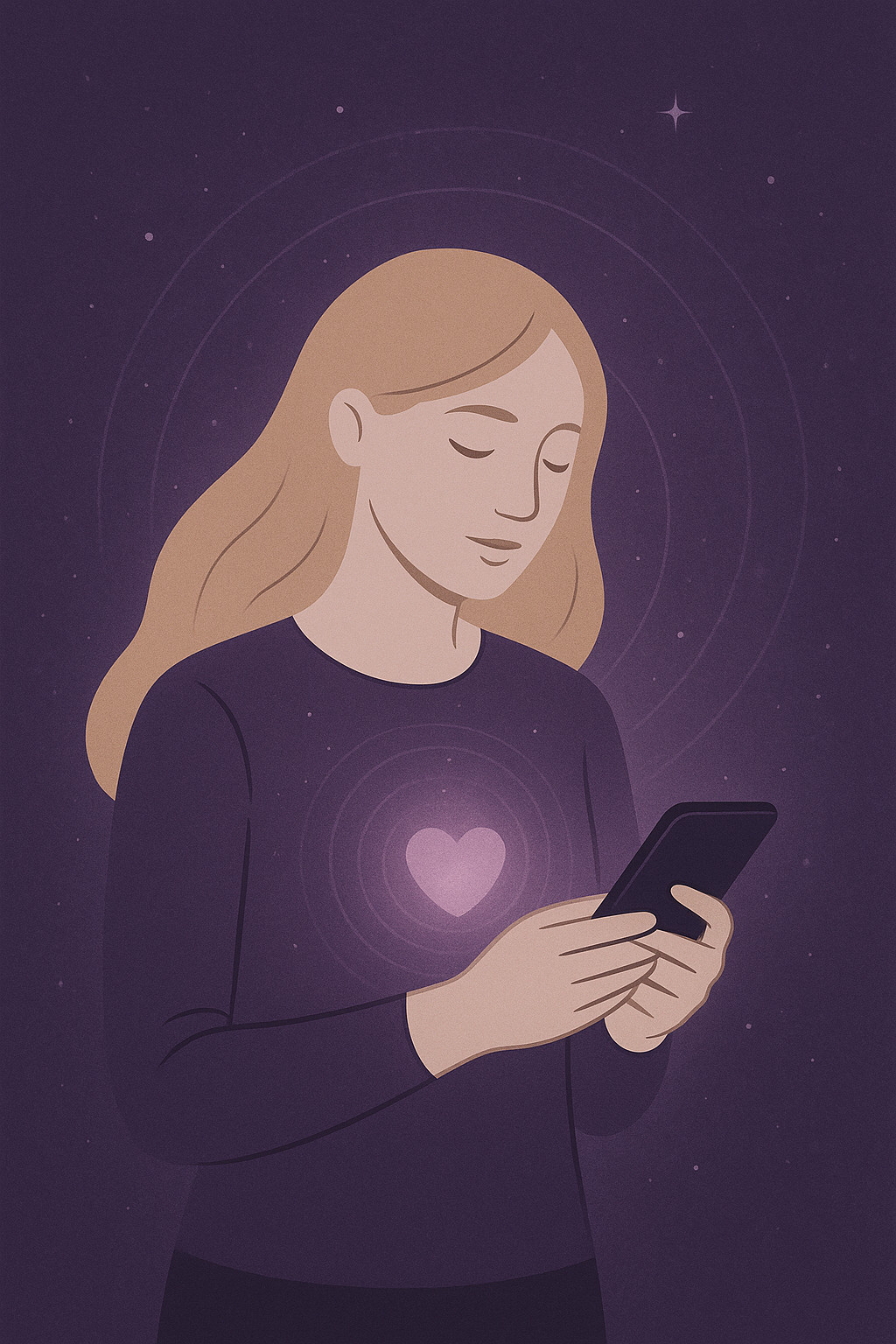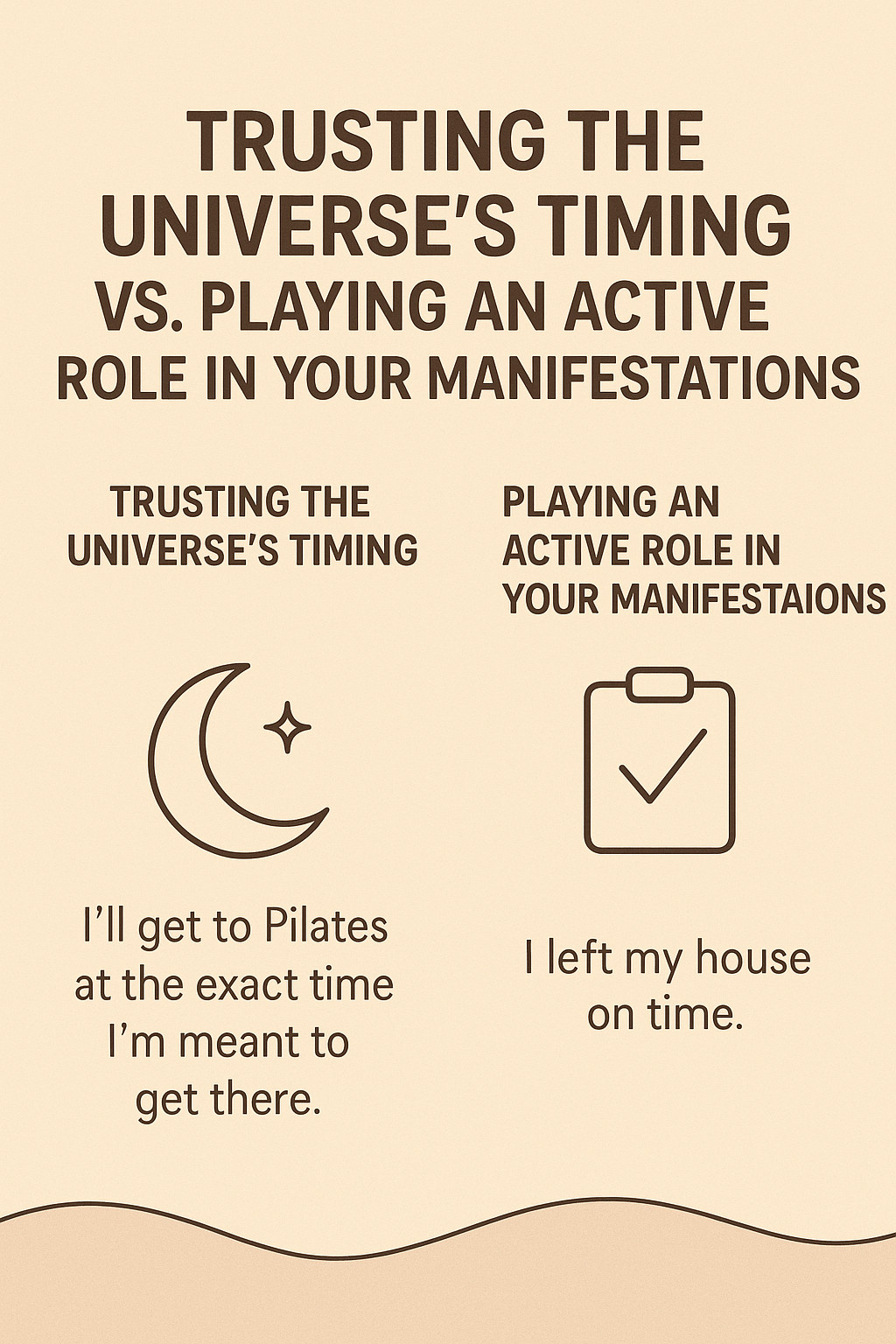
So many of us grow up being told to “chase our dreams.” We imagine the dream job, the dream house, the dream partner—visions of a perfect life that gleam like a pot of gold at the end of a rainbow. But what if the pursuit of that dream life actually leaves us feeling more lost than fulfilled? What if there’s something deeper, more powerful, and more lasting than our dreams? That something is purpose.
Purpose is not about achieving a specific outcome. It’s not a promotion, a house, or a vacation lifestyle. Purpose is about contribution, alignment, and meaning. It’s what pulls you out of bed in the morning and makes you feel alive even when things aren’t going perfectly. Chasing dreams can lead to burnout or disillusionment if those dreams aren’t rooted in something deeper. But when you live from your purpose, you thrive even in the face of obstacles.
Dreams are often shaped by external influence—what we see on social media, what our parents wanted for us, what we think we “should” do to feel successful. Purpose, on the other hand, comes from within. It’s tied to your unique soul blueprint—your values, your natural gifts, your lived experiences. Dreams can be fleeting. Purpose evolves, but it stays with you. It grows as you grow.
When you pursue a dream that isn’t connected to your true purpose, it can feel like you’re climbing a ladder that’s leaning against the wrong wall. You might achieve success, but still feel empty or off-course. On the flip side, people who live with a strong sense of purpose often report greater fulfillment, resilience, and even better health—no matter what their external life looks like.
So how do you find your purpose?
First, get quiet. Turn down the noise of the outside world and tune into your own inner knowing. Meditation, journaling, and solo walks in nature can help you hear your inner voice. Ask yourself: What lights me up? What challenges have I overcome that I can help others with? What do people often come to me for? These clues can point you toward your deeper why.
Second, reflect on your values. What matters most to you? Integrity, creativity, service, freedom? Identifying your core values can help you make choices that feel aligned and meaningful. When you live in harmony with your values, you automatically begin to move in the direction of your purpose—even if it doesn’t look like the life you originally dreamed of.
Third, take inspired action. Purpose isn’t something you think your way into—it’s something you live your way into. Volunteer, start a passion project, join a cause, or mentor someone. Don’t wait until everything is perfectly clear. Clarity comes from movement. Each step you take reveals more of the path.
Fourth, pay attention to what feels easy and energizing. Your purpose often flows through your natural gifts and joys. That thing you do that feels effortless but lights up others? That’s a breadcrumb. Follow it. Purpose doesn’t always feel like a lightning bolt. Sometimes it whispers through the things that come most naturally to you.
Finally, allow your purpose to evolve. You’re not meant to stay the same forever, and neither is your purpose. What’s true for you now might shift in five or ten years—and that’s okay. Stay curious. Stay open. Keep asking deeper questions. Your purpose isn’t a destination. It’s a way of being in the world that brings your soul to life.
In the end, chasing a dream life might bring you fleeting highs—but living your purpose brings you lasting fulfillment. When you live with purpose, your life becomes the dream—not because it’s perfect, but because it’s real, rich, and meaningful. And that, more than anything, is what we’re all truly searching for.

In our fast-paced world, the pressure to achieve perfection can often overshadow the beauty of simply being present. We are constantly bombarded with images of idealized lives and unattainable standards. This pursuit of perfection can lead to stress, anxiety, and a sense of inadequacy. However, by shifting our focus to being present, we can find joy and fulfillment in the here and now.
Being present means engaging fully with the current moment, appreciating the small details, and embracing the imperfections that make life unique. It allows us to connect more deeply with our surroundings, our experiences, and the people we encounter. This connection fosters a sense of gratitude and contentment that perfection cannot provide.
Moreover, when we prioritize being present over being perfect, we open ourselves up to authenticity. We become more comfortable with our true selves, acknowledging our strengths and accepting our weaknesses. This authenticity encourages genuine relationships, as others are drawn to our openness and honesty.
In the realm of personal growth, being present fosters a mindset of curiosity and learning. Instead of focusing on flawless execution, we become more willing to take risks and learn from our mistakes. This resilience builds confidence and encourages innovation, as we are not paralyzed by the fear of failure.
In our professional lives, the emphasis on presence over perfection can lead to greater creativity and productivity. When we let go of the need for everything to be perfect, we allow ourselves the freedom to explore new ideas and approaches. This can result in more dynamic and effective solutions, ultimately benefiting our careers and the organizations we work for.
In relationships, being present enhances communication and understanding. By truly listening and engaging with those around us, we foster deeper connections and empathy. This approach enriches our interactions, leading to more meaningful and fulfilling relationships.
In the realm of self-care, being present encourages mindfulness and wellbeing. It helps us to slow down and appreciate the moment, reducing stress and increasing our overall happiness. By focusing on the present, we can better manage our mental and emotional health, leading to a more balanced and fulfilling life.
For those pursuing creative endeavors, being present allows for greater artistic expression. By embracing the process rather than fixating on the end result, we tap into our innate creativity and produce work that is both authentic and inspiring. This approach celebrates the journey and the growth that comes with it.
In education, teaching the value of presence over perfection can empower students to explore their passions without fear. It encourages a love of learning and fosters an environment where curiosity is nurtured. This perspective helps students develop a growth mindset, preparing them for lifelong success.
Ultimately, choosing to be present rather than perfect is a powerful act of self-acceptance and liberation. It allows us to live more fully, savoring the richness of life’s experiences without the burden of unrealistic expectations. By embracing this mindset, we can find peace and joy in the present moment, leading to a more fulfilling and meaningful life.

Your “job” should be something you love! Not something you settle for.
I was speaking with a client today, who admittedly LOVES what she does, but it is not her dream job.
Her dream job has six must haves:
- She earns a six figure salary
- She has a flexible work schedule
- She works from home, but travels often
- She is a valued member of a great supportive team
- She uses her creativity daily
- She gets to help people
She called me today to share: Her job is usually very hectic and stressful, but this week has been remarkably quiet. She has been able to get a lot of work done, she has had the energy to work out every day after work, and she has been flexible in her schedule to get other things taken care of in he personal life.
But today she was served an ice cold reminder that this is not her dream job.
Today, she was at a Lunch and Learn sponsored by one of her work contacts. At one point, she turned around in her seat and saw her immediate supervisor sitting at the next table over. She waived hello, her supervisor smiled. After the even ended, she turned around to greet her supervisor, but he had already left.
This small interaction left her feeling a bit disconnected and reminded her of the lack of camaraderie she truly desires in her work environment. It wasn't just about the missed opportunity to catch up with her supervisor; it was about the realization that although her current job meets many of her needs, it doesn't fulfill her deeper aspirations.
Reflecting on this, she decided that it is time to take concrete steps towards her dream job. We began by making a list of actions she could take to move closer to her ideal career. Updating her resume and LinkedIn profile to highlight her skills and experiences that align with her dream role; and reaching out to her network to explore potential opportunities that might offer the flexibility and creativity she craves.
Additionally, we discussed ways to incorporate more of her passions into her current job. Possibly proposing a new project that allows her to use her creativity more extensively or suggesting team-building activities that could foster a greater sense of comradery.
As we discussed these possibilities, she felt a renewed sense of determination. She realized that while her current job might not be her dream come true, it was a stepping stone on her journey.
With each thoughtful step, she was getting closer to a career that not only met her needs but also brought her genuine joy and fulfillment.
What steps are you taking to create the job of your dreams?

Living authentically is the cornerstone of attracting the life you've always envisioned. While manifestation often gets wrapped up in the idea of visualizing and creating an ideal future, the true magic lies in embodying your most genuine self in the present moment.
When you live authentically, you align with your core values and passions, projecting a true version of yourself to the world. This sincerity acts like a beacon, drawing opportunities, people, and experiences that resonate with your true essence. Rather than focusing solely on the end goal, embrace who you are right now, including your strengths, quirks, and dreams.
It's important to understand that authenticity doesn't mean perfection. It's about acknowledging where you are in your journey, embracing your imperfections, and making choices that reflect your inner truth. This genuine way of being fosters a sense of fulfillment and joy, which naturally elevates your energy and attracts positive outcomes.
By living authentically, you also cultivate a mindset of abundance and gratitude. Instead of yearning for what you don't have, you appreciate the richness of your current life, which in turn opens doors to even greater possibilities. You become more attuned to recognizing opportunities that align with your true self, making the process of manifestation feel more organic and less forced.
In essence, the secret to manifestation isn't about constructing a dream life from the outside in. It's about living from the inside out, where authenticity becomes your guiding force. As you embrace who you are and live your truth, the universe responds, bringing your dream life closer to reality in ways you might never have imagined. So, focus on nurturing your authentic self and watch as it transforms your world in beautiful and unexpected ways.
Living authentically with aphantasia can be an empowering journey. While visualization is a common tool used in manifestation practices, there are many other ways to connect with your authentic self and attract the life you desire.
- Embrace Other Senses: Focus on engaging your other senses to create vivid experiences. Savor the taste of your favorite foods, listen to music that moves you, or feel the textures of your surroundings. By doing so, you can immerse yourself fully in the present moment and cultivate a deep sense of appreciation for life.
- Reflect Through Writing: Journaling can be a powerful tool for self-discovery and authenticity. Write about your thoughts, feelings, and aspirations. This practice helps clarify your values and intentions, allowing you to align your actions with your true self.
- Mindful Living: Practice mindfulness by being fully present in each moment. This can help you become more aware of your thoughts and emotions, enabling you to make choices that resonate with your inner truth. Mindfulness can also enhance your ability to notice and seize opportunities that come your way.
- Set Intentions: Instead of visualizing outcomes, focus on setting clear, heartfelt intentions. What do you want to feel or experience? By concentrating on the emotions and qualities you wish to cultivate, you can guide your actions and decisions in alignment with your authentic self.
- Connect with Others: Surround yourself with people who support and celebrate your authentic self. Engaging in meaningful conversations and building genuine relationships can reinforce your sense of self and open doors to new opportunities and experiences.
- Create Rituals: Establish daily or weekly rituals that align with your values and goals. Whether it's a morning routine, an evening reflection, or a creative hobby, these rituals can ground you in your authenticity and reinforce your intentions.
By exploring these alternative approaches, individuals with aphantasia can live authentically and attract their dream life by focusing on what truly matters to them.
Embrace the journey, and trust that living in alignment with your true self will naturally lead to a fulfilling and abundant life.

So, you submitted your request to the Universe for your dream job! You’ve been protecting your energy, living the high-vibing life and ensuring that your thoughts are in alignment with what you want to manifest!! You know that the Universe will provide, so you do not need to worry about anything!
You also probably had a few weak moments of doubt, because you aren’t sure that the Universe received your request. Here are a few signs you can look for that will reassure you that your order has been received.
Synchronicities Abound: You might start noticing a series of coincidences that seem too perfect to be random. Perhaps you keep bumping into people who work in your desired field, or you stumble upon articles and books that inspire and guide you toward your goal. These synchronicities are the Universe's way of nudging you forward, reminding you that your dream is not only possible but already in motion.
Intuitive Nudges: Trust those gut feelings and inner whispers that guide you toward specific actions or decisions. Maybe you feel an inexplicable urge to attend a networking event or reach out to an old colleague. These intuitive nudges are like breadcrumbs, leading you down the path aligned with your aspirations, affirming that the Universe is indeed listening and guiding you.
Heightened Awareness and Clarity: Suddenly, your vision for your dream job becomes clearer, almost as if the fog has lifted from your path. You find yourself more aware of opportunities and solutions you hadn't considered before. This clarity is a sign that the Universe is aligning circumstances in your favor, helping you see the way forward with renewed confidence and focus.
Unexpected Opportunities: Keep an eye out for doors opening where you least expect them. Perhaps you receive an unexpected job offer or a chance to collaborate on a project that aligns perfectly with your dreams. These opportunities are the Universe's way of delivering on your request, sometimes in ways that are even more magical than you initially imagined.
Increased Positivity and Peace: You might notice a shift in your emotional state, feeling more optimistic and at peace with where you are. This positive energy is a strong indicator that you're in sync with the Universe's flow, allowing things to unfold naturally and effortlessly. It's a comforting reminder that you're on the right track and that your dream job is closer than you think.
Remember, that the Universe always delivers! It is up to you to be in alignment with what you really want. Stay open to the possibilities and trust the timing of your journey. Each day is a step closer to your dream job, and while the path may have its twists and turns, your faith and perseverance will guide you through. Keep believing in yourself and your dreams, and watch how the Universe supports you in the most unexpected and beautiful ways. Keep your heart open, your mind clear, and your spirit high, knowing that everything you desire is within reach.










